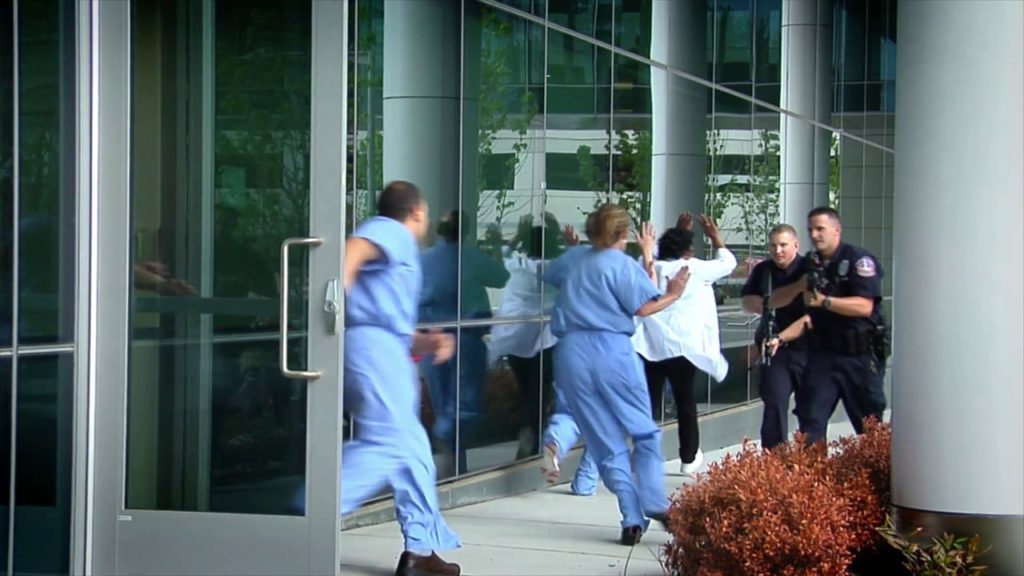
Trauma Times January-March 2024
March 08, 2024
Symposium is upcoming!
Home » Trauma Education » Injury Prevention
Heat Exhaustion: Symptoms/Causes & Diagnosis/Treatment
Warning Signs and Symptoms of Heat-Related Illness
Guidelines for Prevention of Heat Related Illness in Schools
Mississippi Offroad Rider’s Ed Course
Falls put you at risk of serious injury. From reviewing your medications to hazard-proofing your home, reducing your risk of falls is beneficial to you and those dear to you.
I am Doing my Best Not to Fall!
No one plans to fall. My aging mother would often say, “If I fall, it will be unavoidable because I am doing everything that I can to prevent a fall.” Her intentions were good, but there were fall risks everywhen that she had not identified. Moreover, she made too many trips up and down her home steps and is mostly blinded by macular degeneration. I have counseled fifty-five-year-old men in the hospital recovering from surgery. These men of 250 pounds are asking their 120 wives to help them to the restroom. The chances of that wife supporting that husband in a fall are unlikely. So, here are some reminders for you and those that you love.
Fall prevention: What Can I Do?
As you get older, physical changes and health conditions, and sometimes the medications used to treat those conditions make falls more likely. In fact, falls are a leading cause of injury among older adults. Still, the fear of falling does not need to lead to anxiety. Instead, take these steps to safety.
1. Talk to your doctor
Begin your fall-prevention plan by making an appointment with your doctor to discuss three things:
2. Walk

That is right – walk! If your doctors determine that it is safe to continue walking, physical activity can go a long way toward fall prevention. Activities such as walking, water aerobics, and other gentle exercises that involve slow and graceful movements reduce the risk of falls by improving strength, balance, coordination, and flexibility. You may benefit from a Physical Therapy exercise program.
3. Wear sensible shoes
High heels, floppy slippers, and shoes with slick soles can make you slip, stumble, and fall. Walking in your stocking feet is also risky. Instead, wear properly fitting, sturdy shoes with nonskid soles. Sensible shoes may also reduce joint pain.
4. Look around your home.
Your living room, kitchen, bedroom, bathroom, hallways, and stairways may be filled with hazards. To make your home safer:

5. Brighten up your world.
You may want to add extra lighting to avoid tripping on objects that are hard to see. Also:
6. Take advantage of safety equipment.
Your doctor might recommend using a cane or walker to keep you steady. Other assistive devices can help, too. For example:

“Supporting the Mississippi Trauma Care System through educational opportunities, trauma center readiness, improving patient outcomes, injury prevention & public awareness.”
Matt Edwards
Director of Trauma Systems
Mississippi Trauma Care System Foundation

January 10, 2024
Now Accepting Nominations Mississippi Trauma Care System Foundation is now accepting nominations highlighting individuals and teams demonstrating excellence in the following categories. You have four nomination opportunities. Mississippi is full of incredibly dedicated and compassionate trauma professionals. Please complete the survey and provide nominations for the 2024 MTCSF Statewide Trauma Symposium Awards. Taking the time […]
October 31, 2023
MTCSF recently provided this group with tourniquet kits after completing their training on Sept. 25, 2023, led by Charles Weathersby, Mississippi State Fire Academy Instructor.